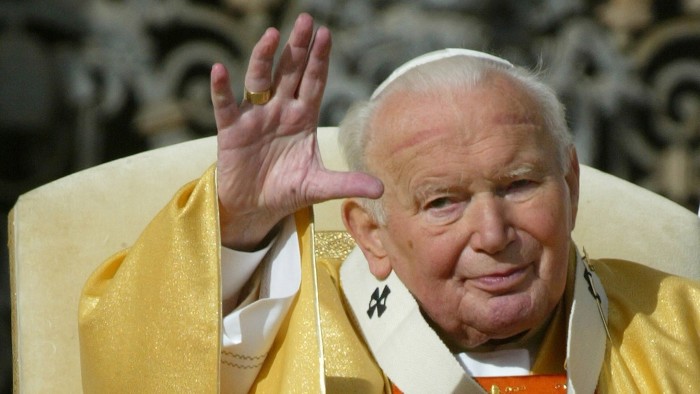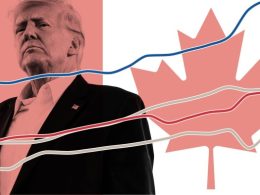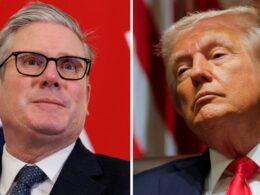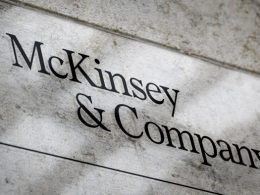Stay informed with free updates
Simply sign up to the Global Economy myFT Digest — delivered directly to your inbox.
One of the traditions of central bank economics departments is that they occasionally depart from monetary policy and allow their employees a bit of freedom to write the research they really care about.
After all, they want to recruit top PhDs while offering lower salaries than the private sector, and less professional kudos than academia. So “Working Paper” series are used to give the economists a little treat from time to time.
The latest beneficiary of these enlightened working conditions is Alexander Popov of the European Central Bank, who has published a working paper directly addressing a core question of structural macroeconomic — what are the drivers of aggregate exports?
Apparently the answer is “visits from the Pope”.
The hypothesis is that a visit from the pontiff — specifically, a visit by Pope John Paul II, who visited 129 countries between 1979 and 2004, many of them for the first time — puts a country “on the map” as far as the world’s Catholics are concerned. As a result, trading partners with a large Catholic population increase the amount of business they do with the lucky archdiocese.
The effect is strongest for countries which are “at lower stages of economic development”, with relatively weak global trading links and which don’t have big Catholic populations themselves.
So, for example, a visit by the Holy Father to Yemen, while admittedly unlikely at present for a variety of reasons, would potentially have a significant effect on the amount of molluscs (the country’s top export after gold and scrap iron) that it sells to Italy or Ireland.
Alternative hypotheses were considered! In particular, the increase in trade appears to be broad-based across both consumer goods and capital goods as well as services; it’s not just a short-term spike in sales of Papal souvenirs and pilgrimage tourism.
Moreover, “textual analysis” of speeches reveals that the Pope isn’t actively supporting exports and boosting the economy — the word “trade” was only used 23 times by him and “globalisation” four, compared to more popular themes like “unity”, “life and love” or “church and faith”.

But most interestingly, it only seems to be the Holy Father that has this kind of juice.
Queen Elizabeth II also made a lot of foreign visits in the same time period, including to 35 places that had never had a British monarch before, and between them presidents Carter, Reagan, Bush Sr, Clinton and Bush Jr racked up 91 first visits, almost as much as the Pope. There were also five Summer Olympics and five World Cups. All of them generated quite a lot of publicity, but none of them had a statistically significant effect on exports at all, let alone the kind of impact associated with a first visit by Pope John Paul II.
Obviously there are significant avenues for future research here. For example, it seems from the charts that the Papal impact was somewhat less after 1990. Why?
Was this due to the fall of Communism in Europe, or was there an actual decline in JP2’s powers? Is there an optimal scheduling algorithm for Papal visits? How does this compare to the impact of Taylor Swift? Hopefully the ECB will be able to tell us.
Source link









